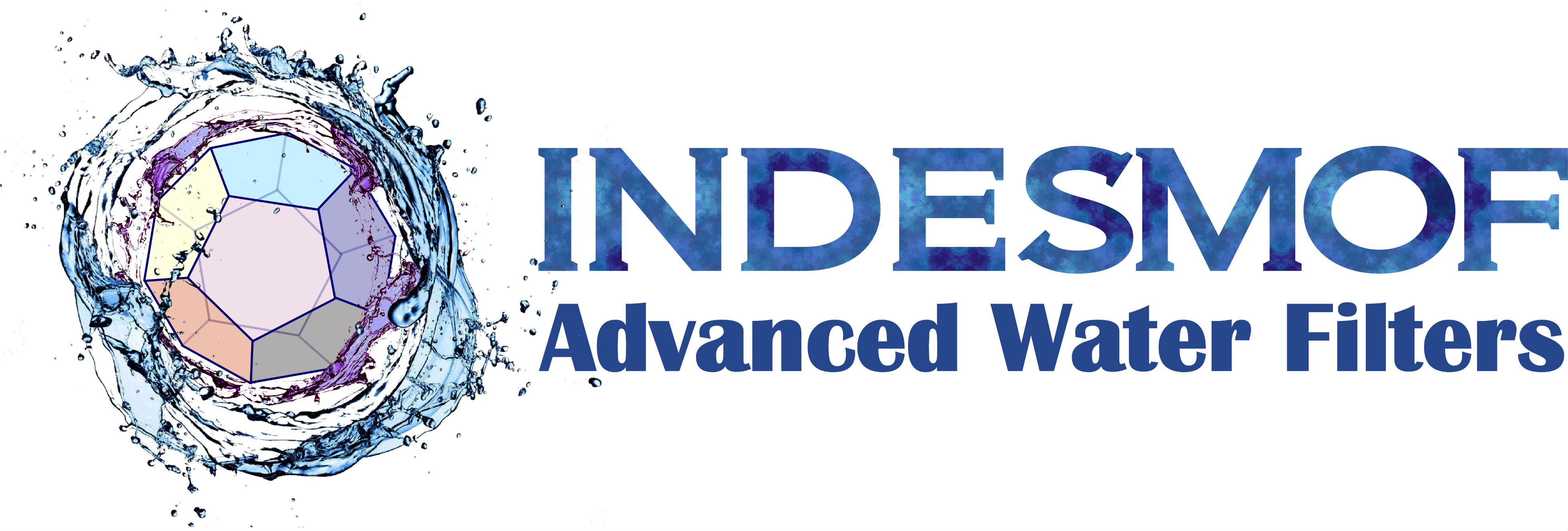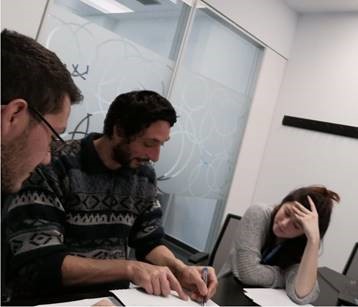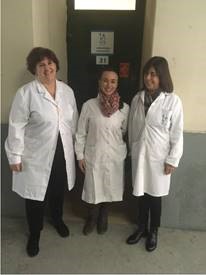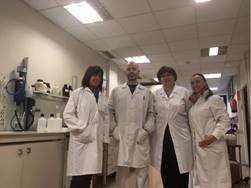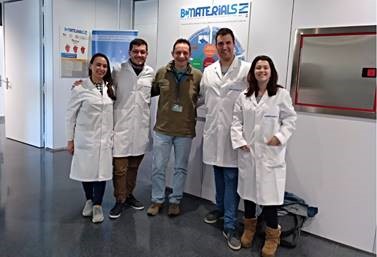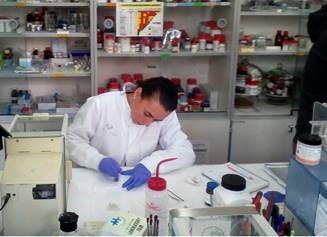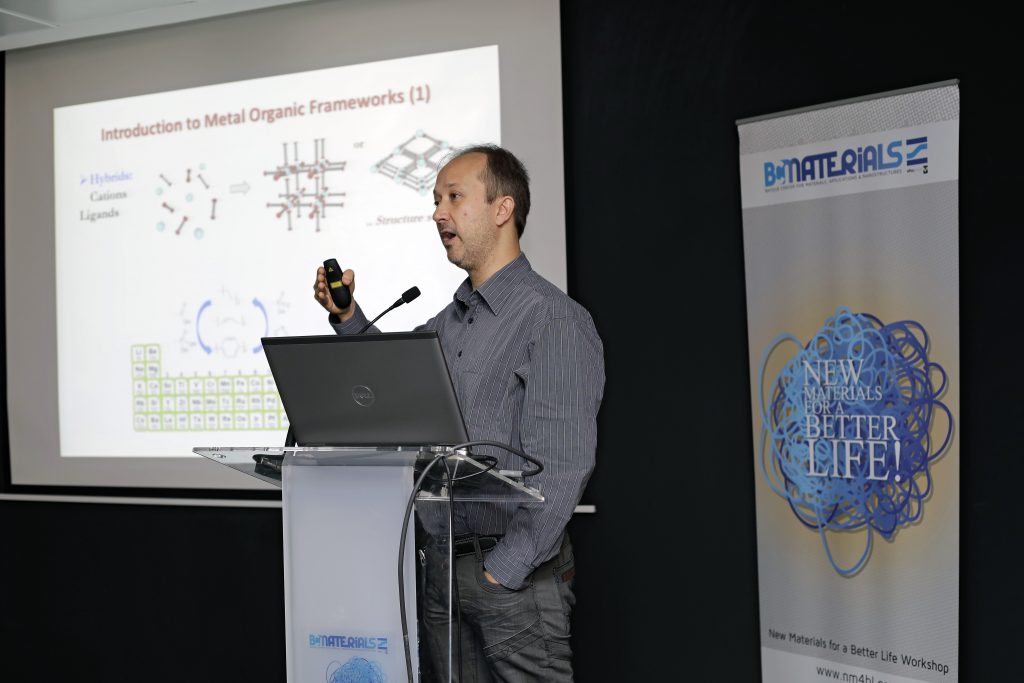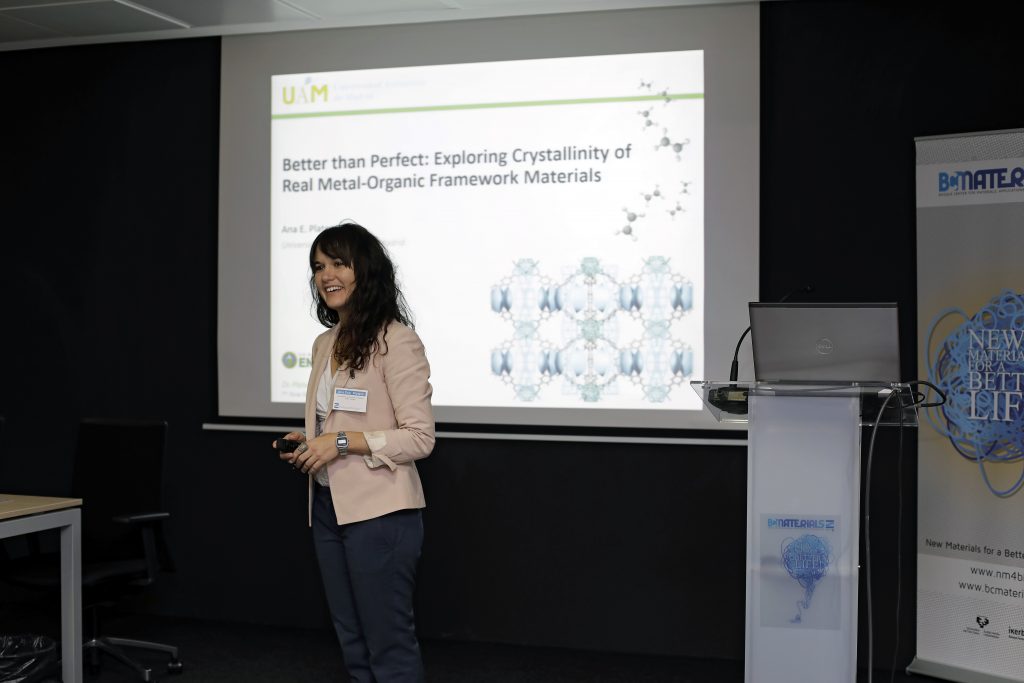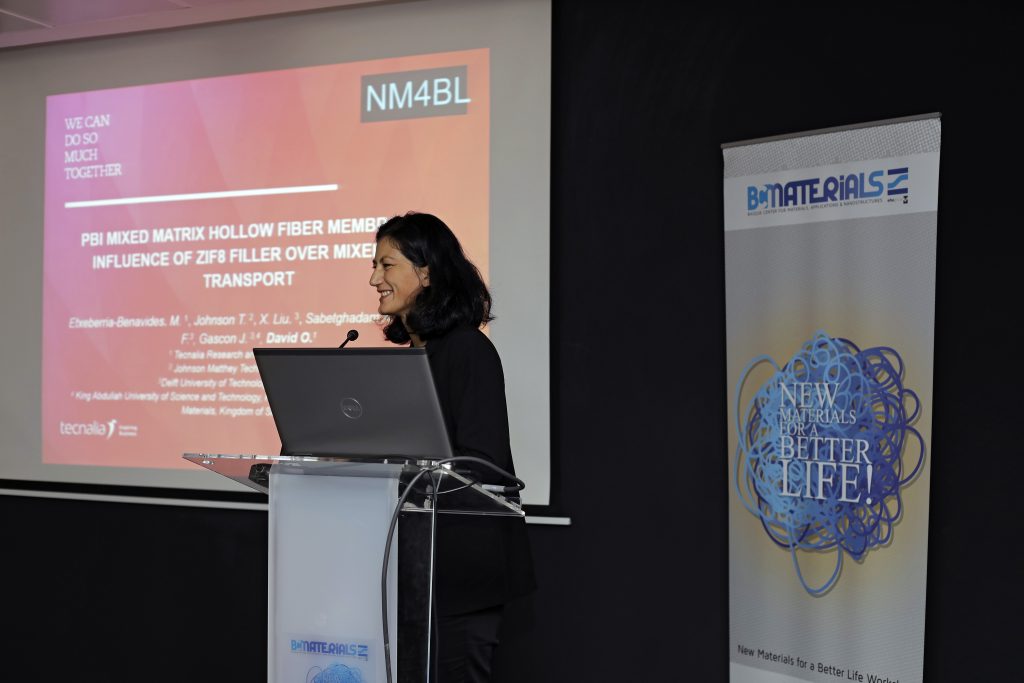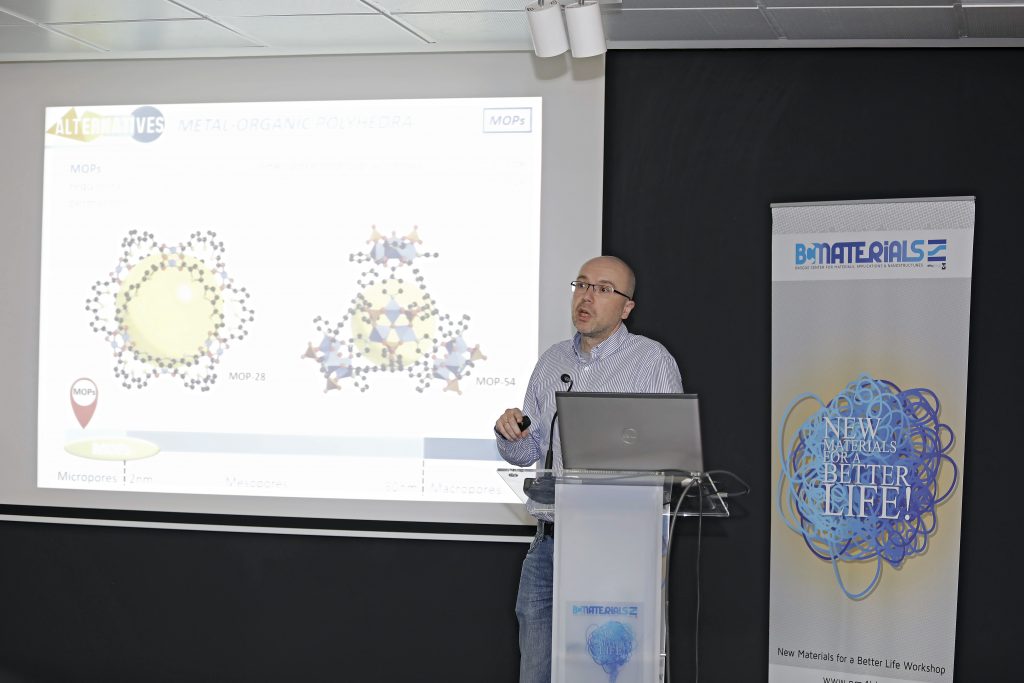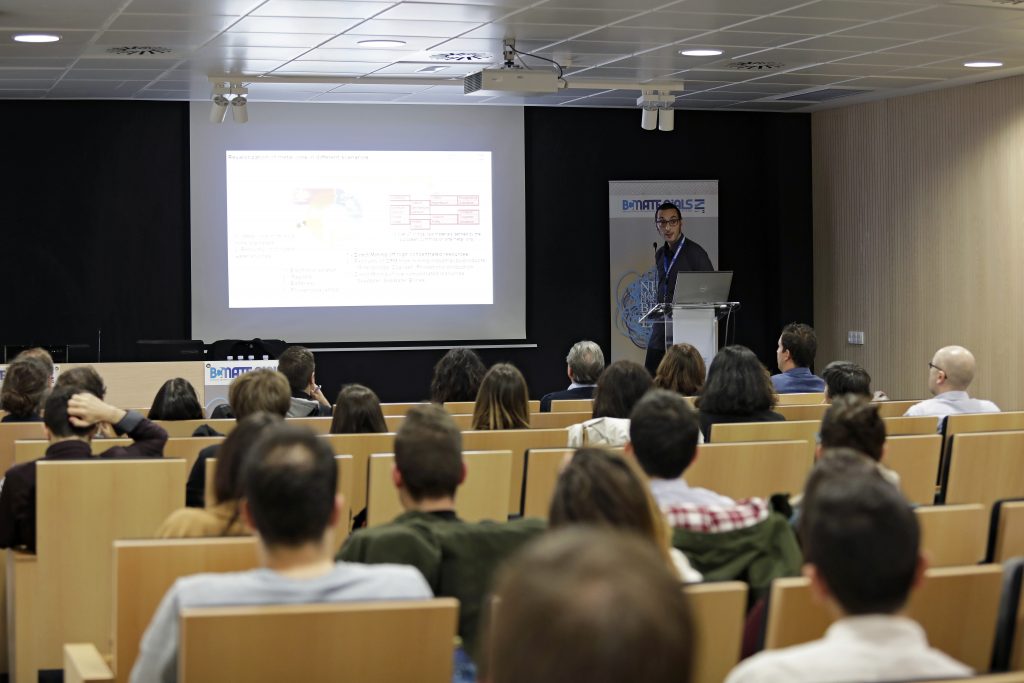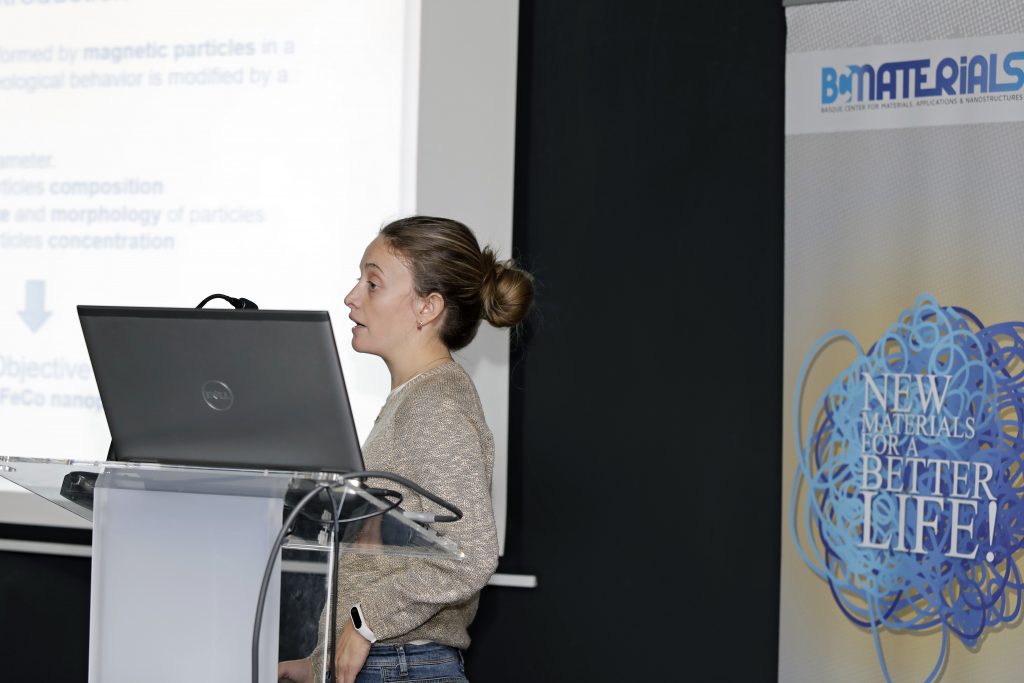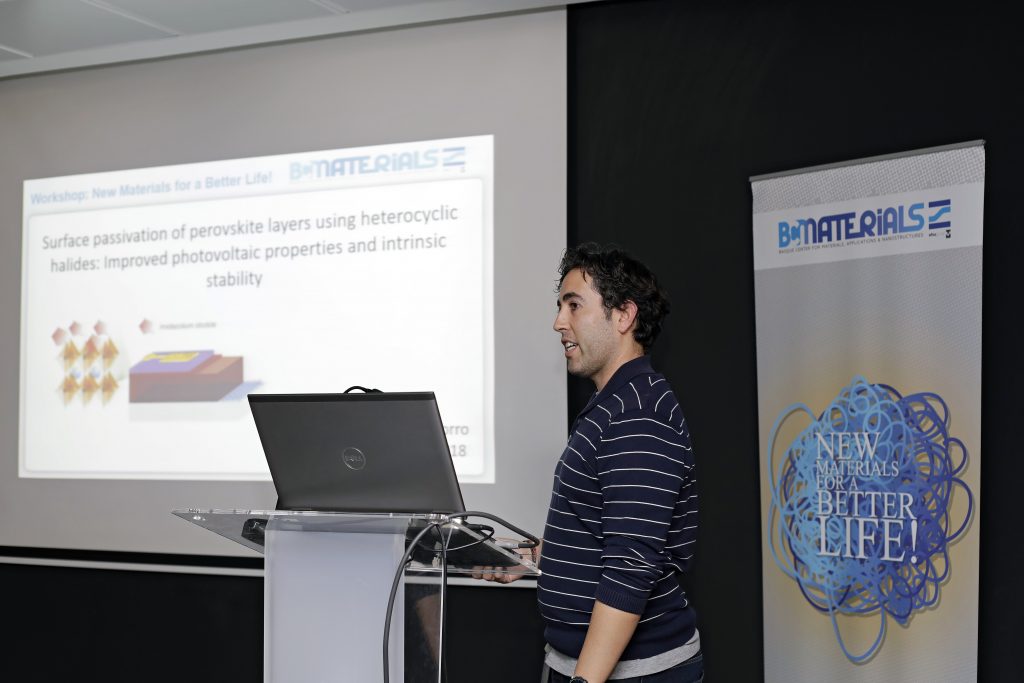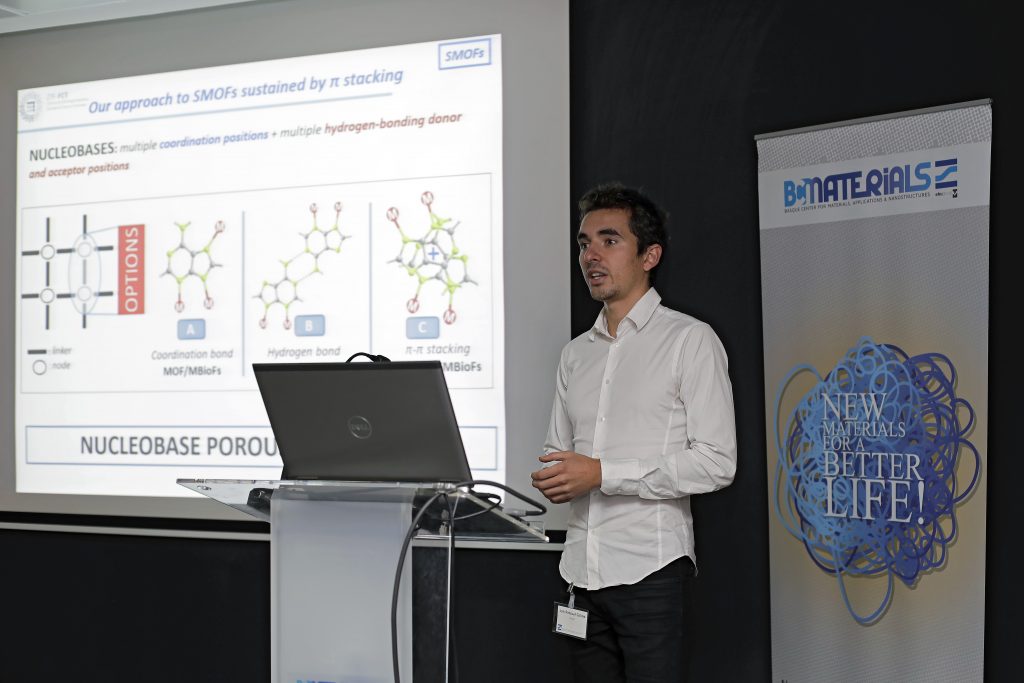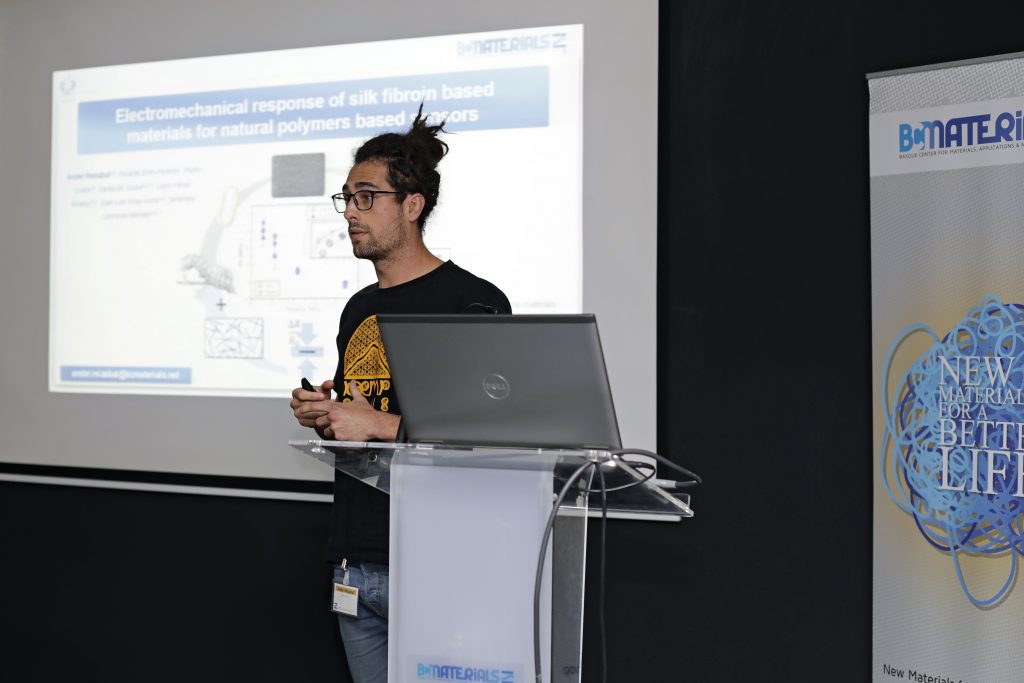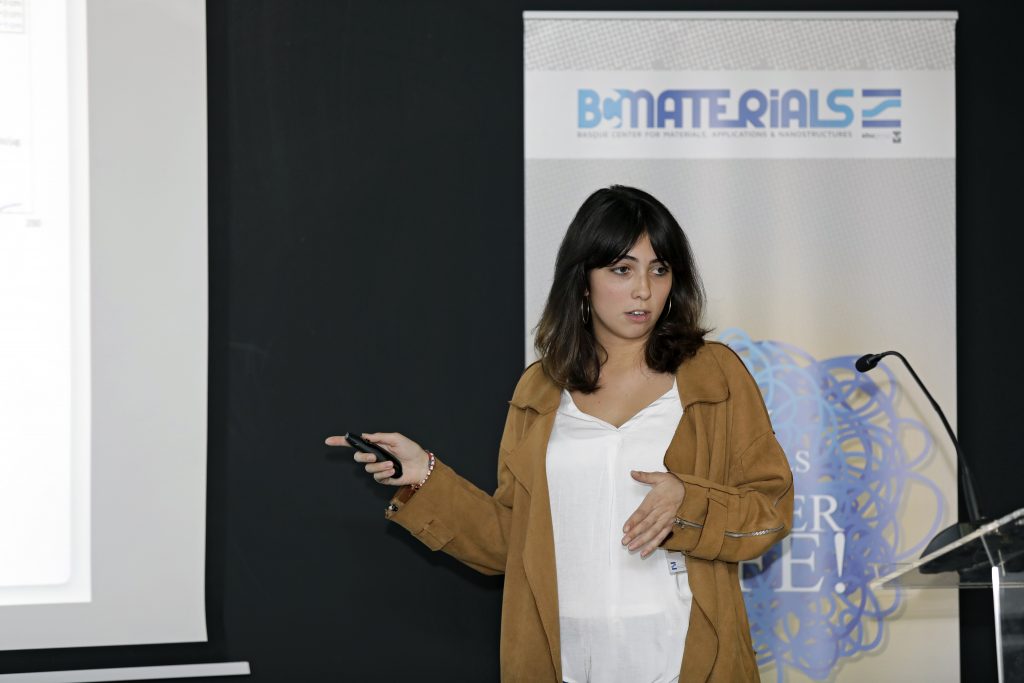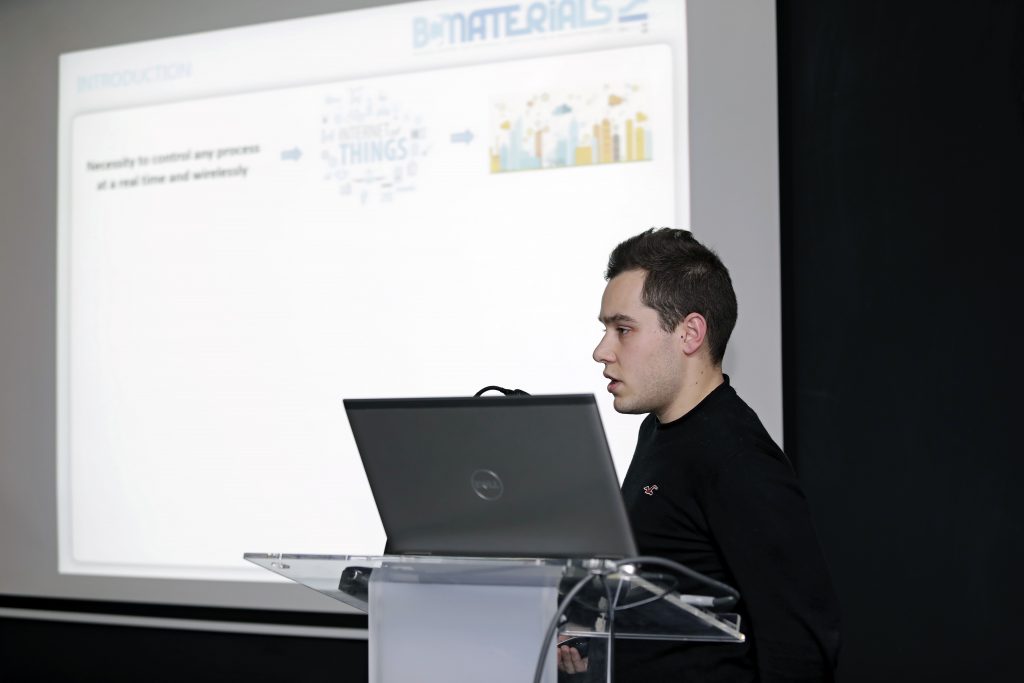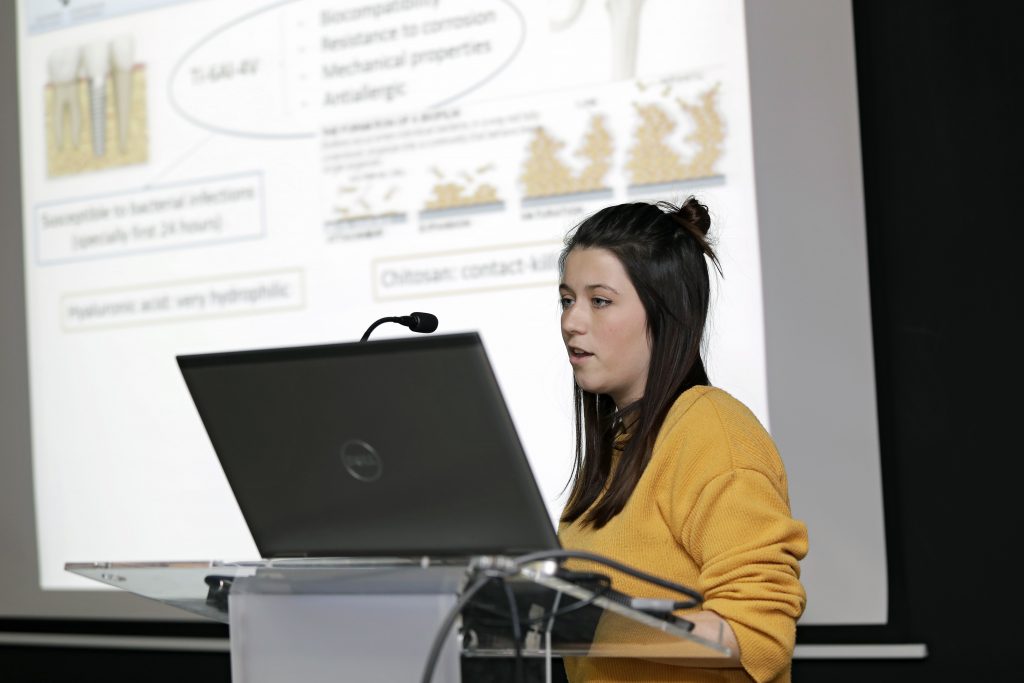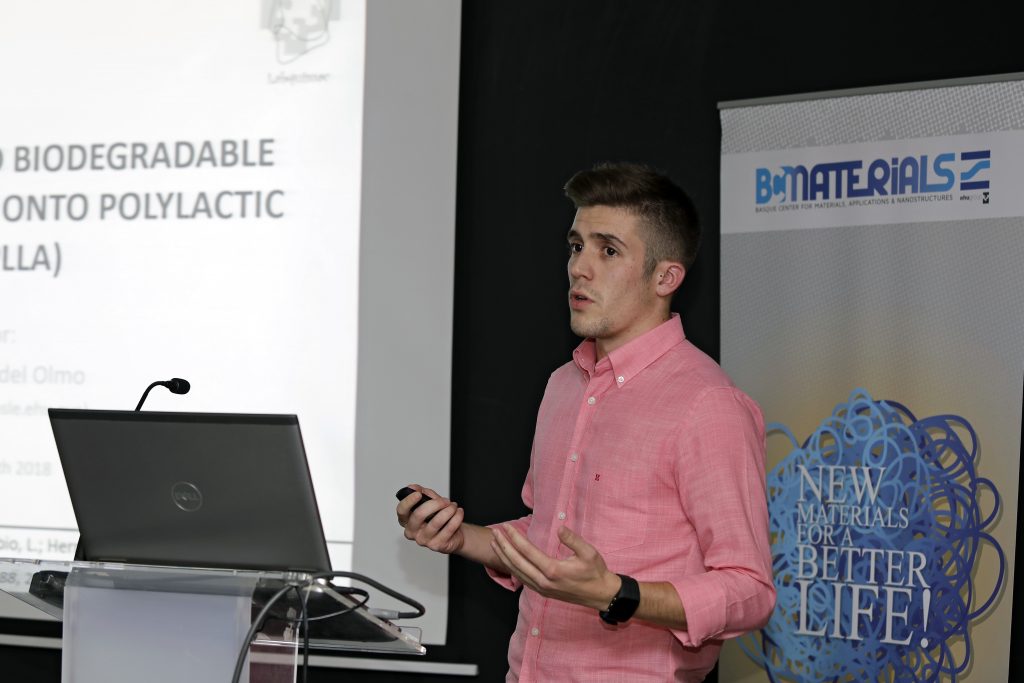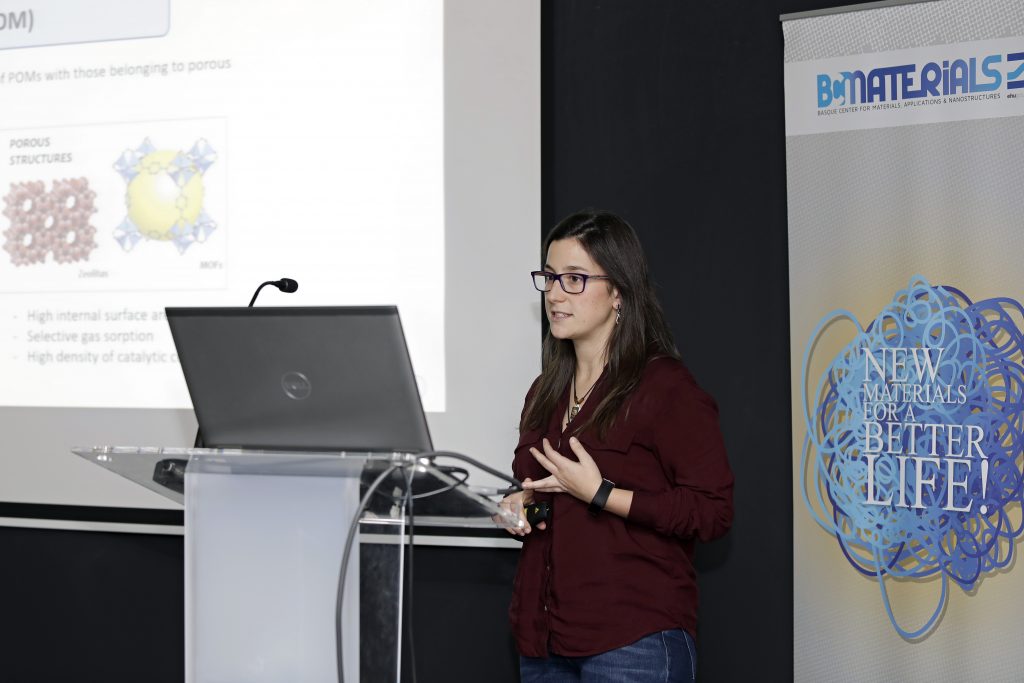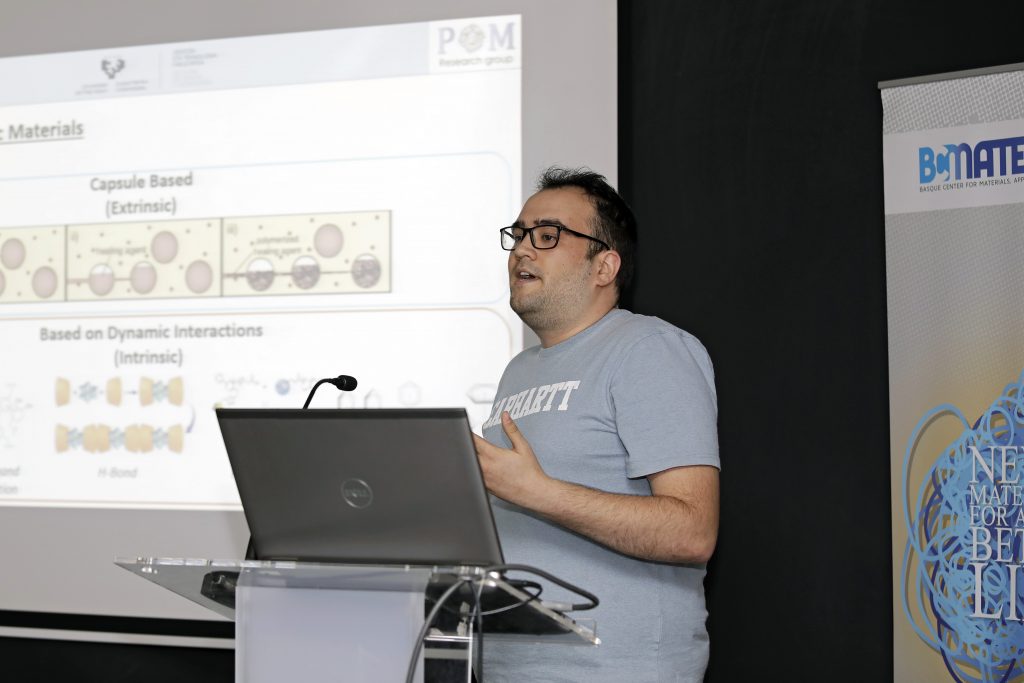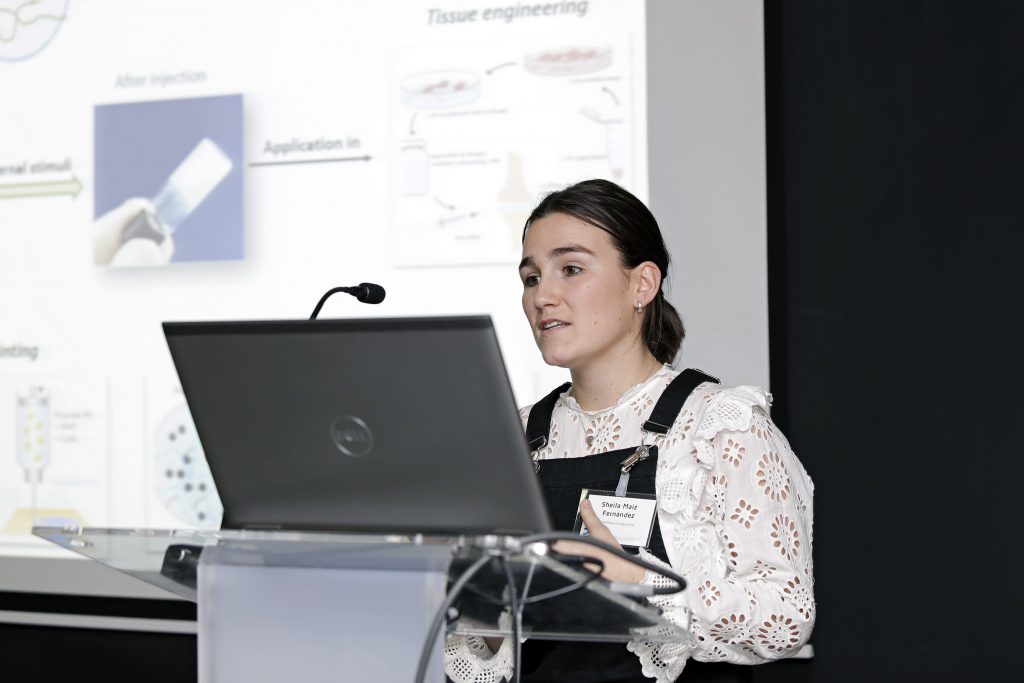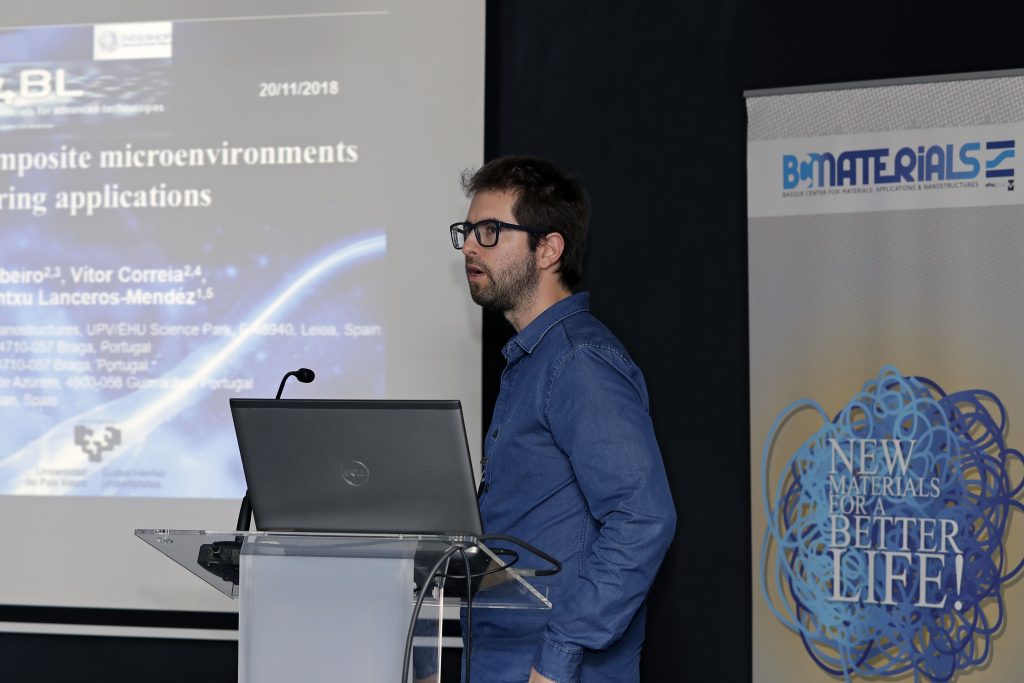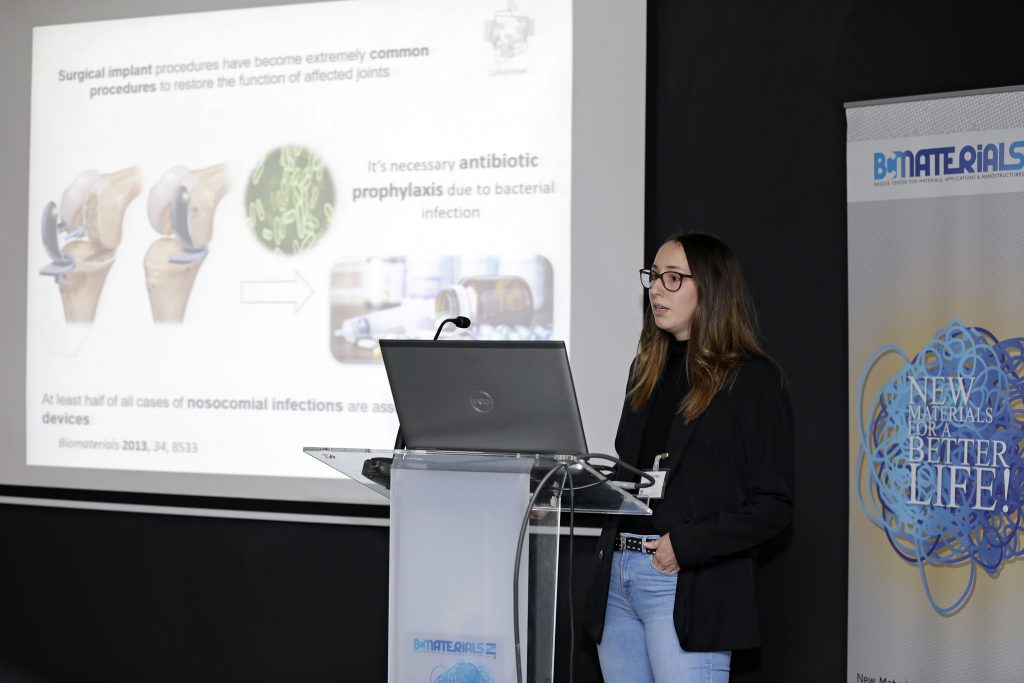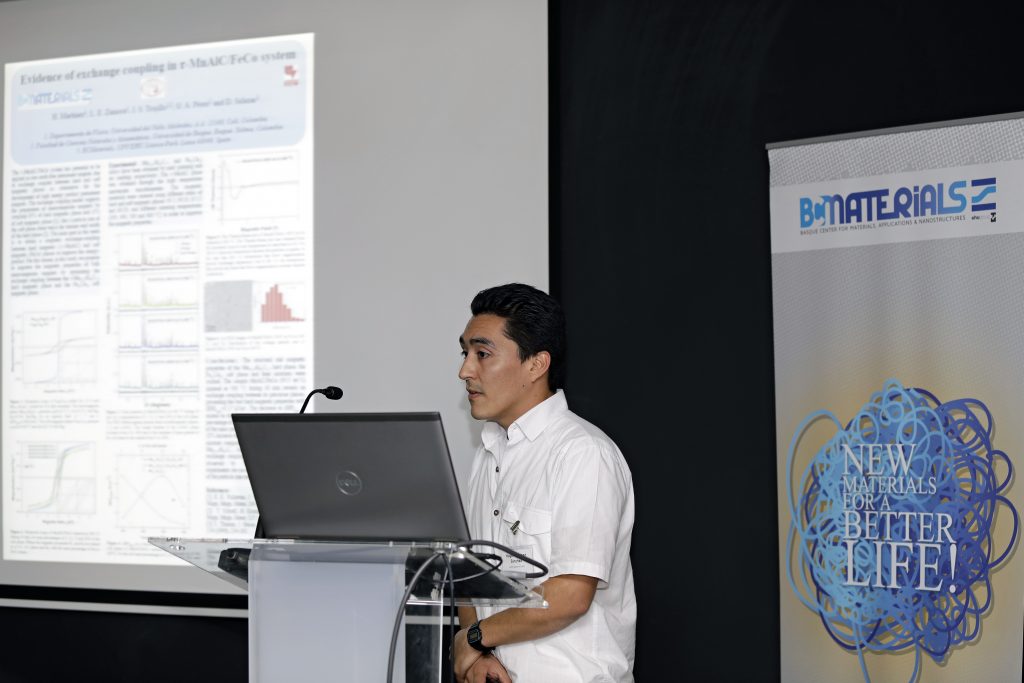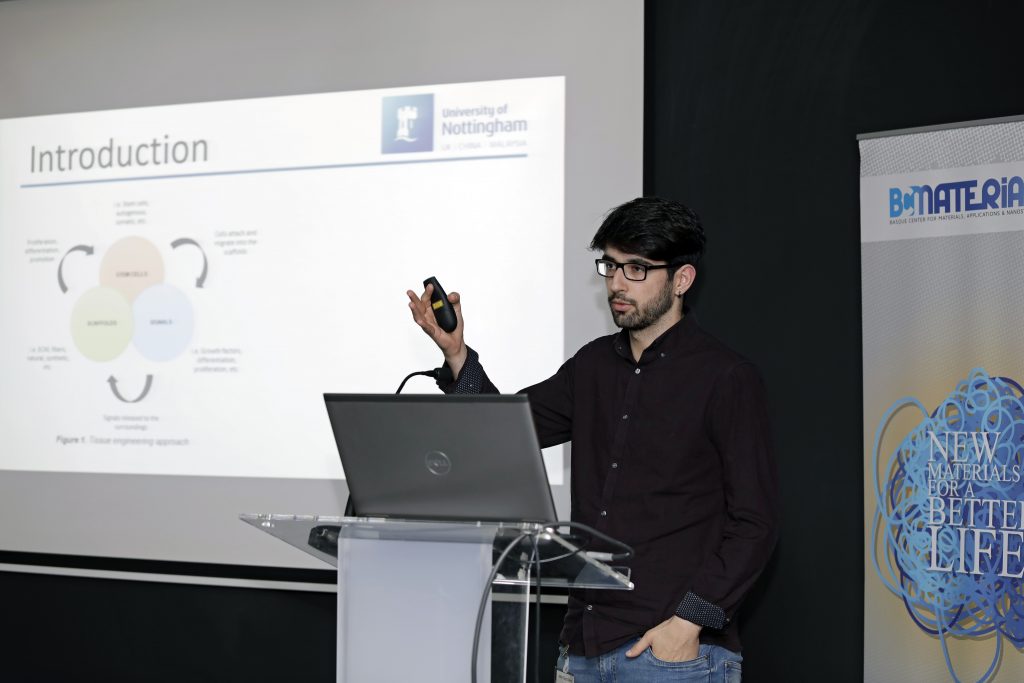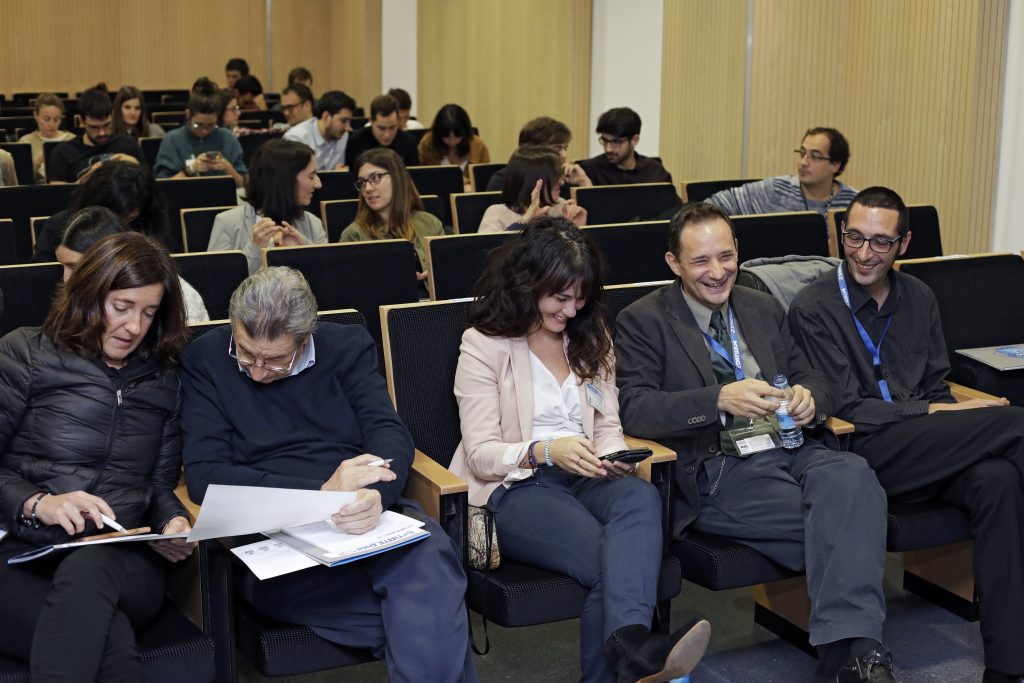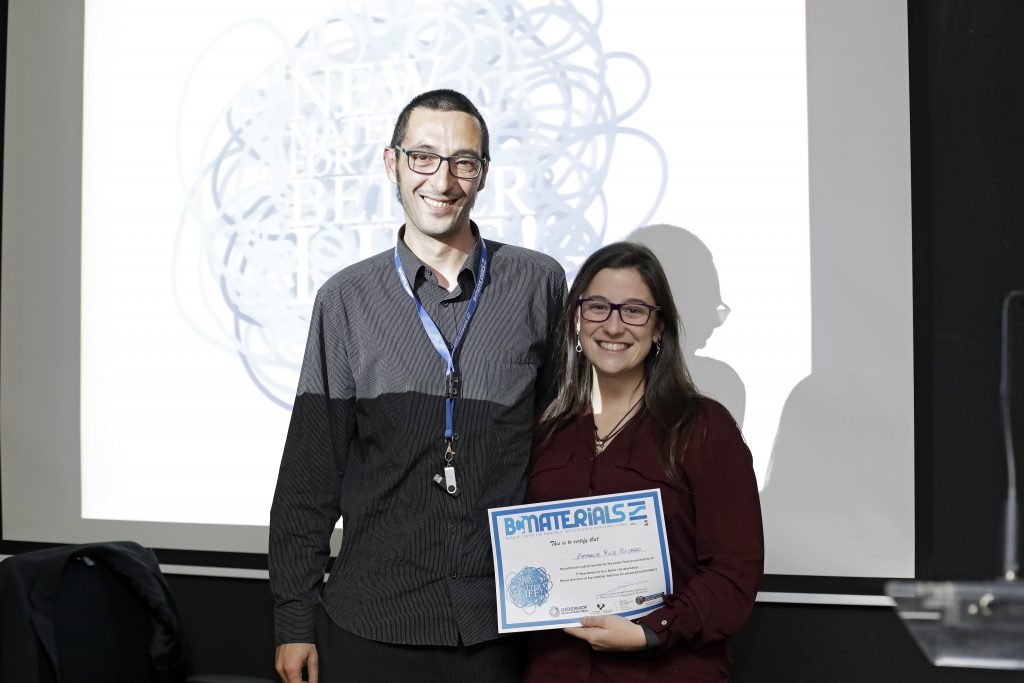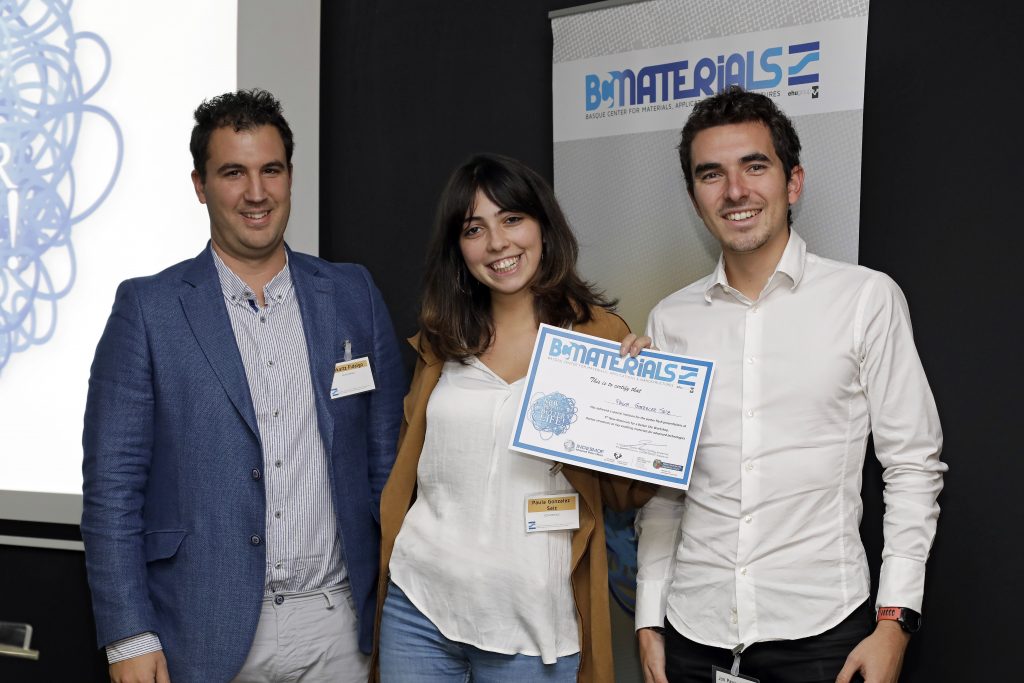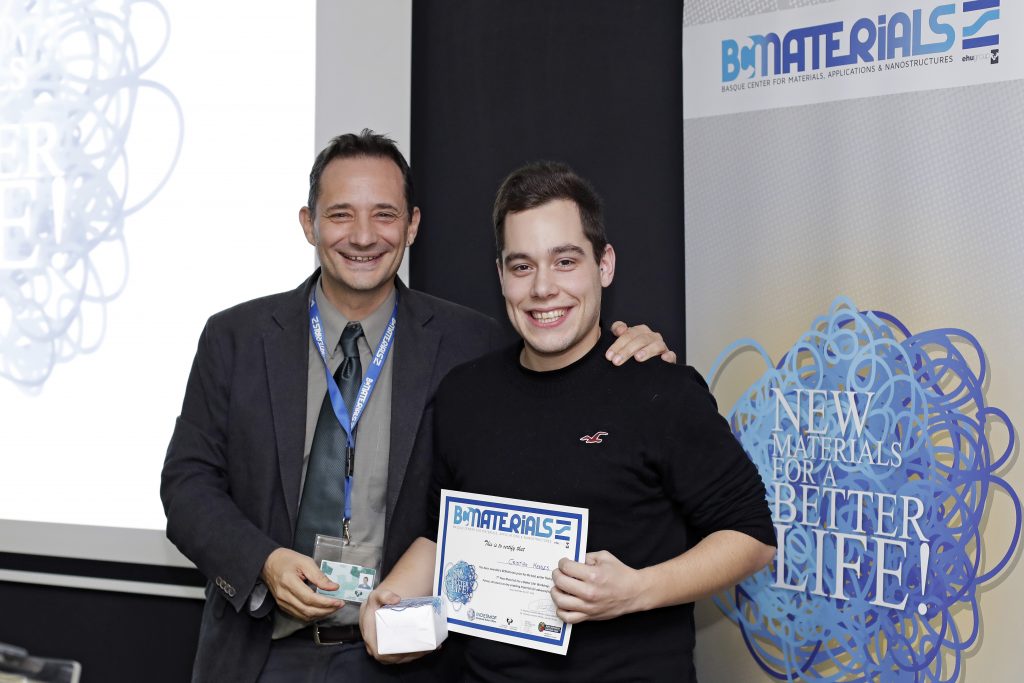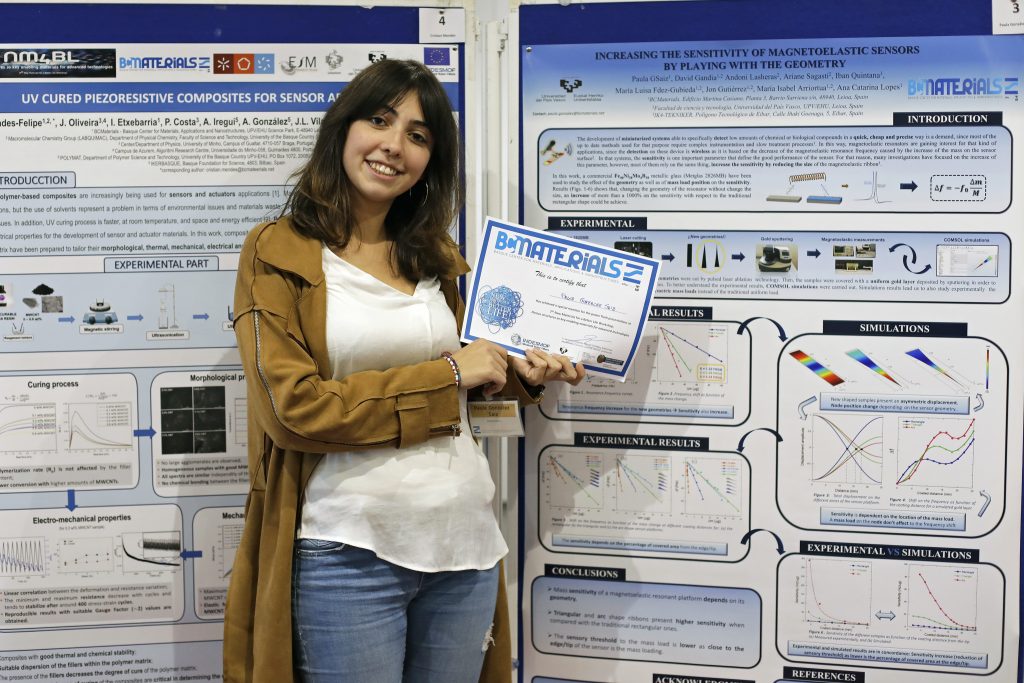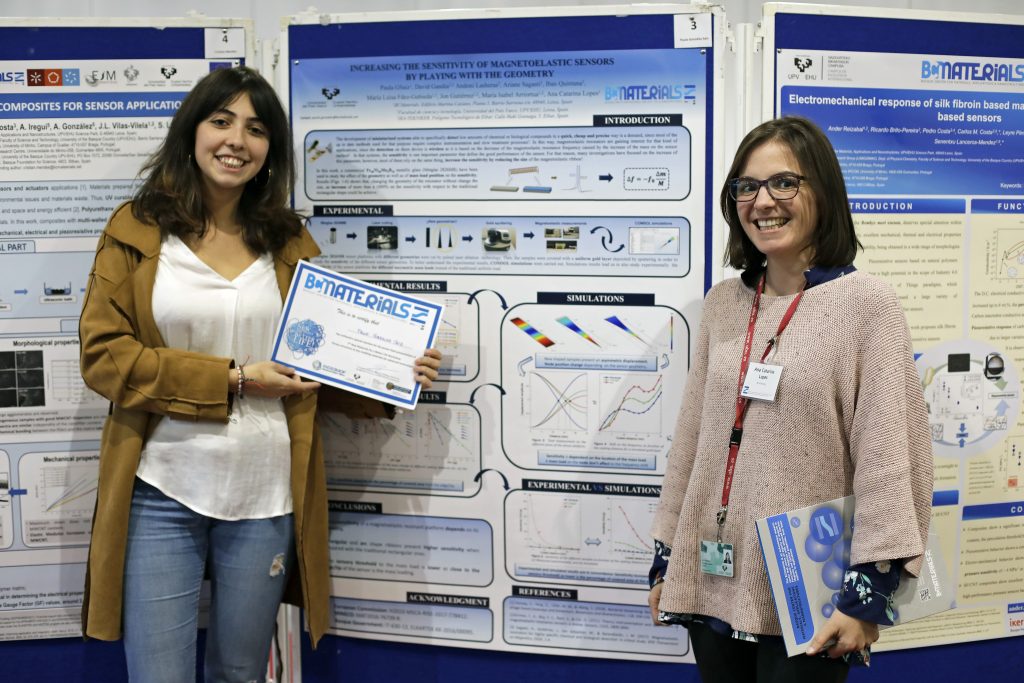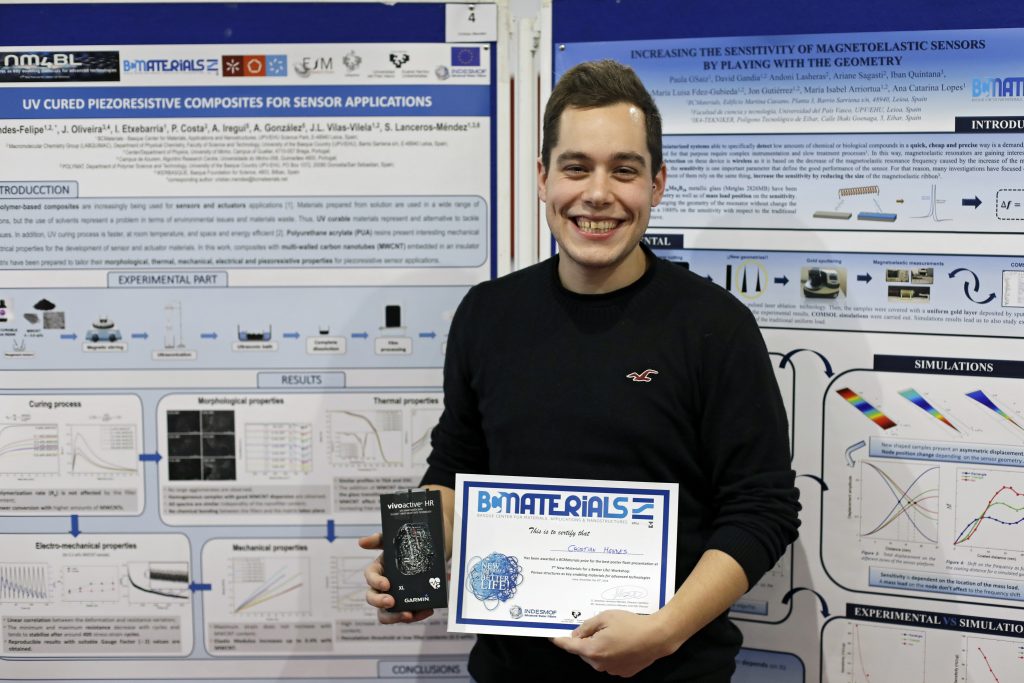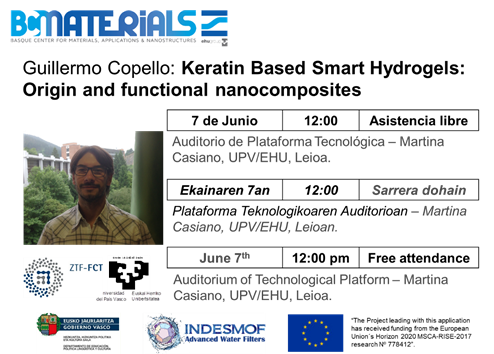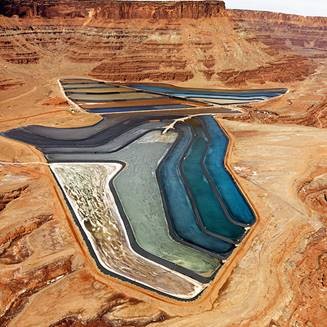ROBERTO FERNANDEZ
(BCMATERIALS)
Searching and analyzing organic molecules, metal organic complexes and metal-organic extended structures and in Cambridge Structural Database II: Specific analysis
Established in 1965, the CSD is the world’s repository for small-molecule organic and metal-organic crystal structures. Containing over 900,000 entries from x-ray and neutron diffraction analyses, this unique database of accurate 3D structures has become an essential resource to scientists around the world. BCMaterials has access to the on-line version of the database, including the structures searching tools. However, we can also access, through different research teams of the University of the Basque country, to the
complete-desktop tools included in the package CSD-System applications (ConQuest, Mercury, Mogul, Isostar…).
In this short course, we will explore three case studies related to the main research lines and goals within the BCMaterials:
1) Searching Structures: Metal Organic Frameworks, Lead Iodide Perovskites, Drugs – developing our own database.
2) Analyzing Atomic distances, angles, and conformation and other structural information within our database.
3) Inter-molecular interactions study: Analyzing the weak forces shaping our materials.
Date/Time
Date(s) – 14/03/2019
12:00 PM – 1:30 PM
Location
Auditorio de Plataforma Tecnológica –Martina Casiano, UPV/EHU
UPV/EHU Science Park
Bld. Martina Casiano, Gnd. Floor
48940 Leioa
Bizkaia
Spain
GPS
43.3325366, -2.9702551000000312
